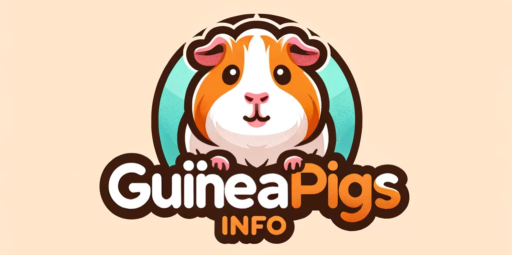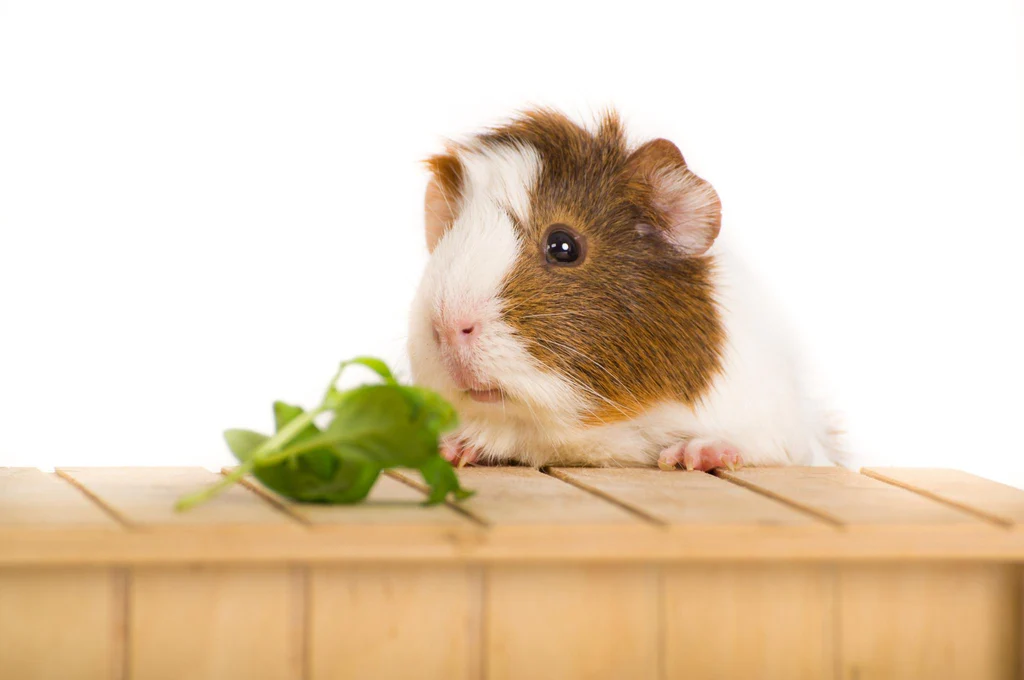Health & Care
Unveiling the Language of Love: Master The Art of Decoding Your Guinea Pig’s Squeaks
- Understanding the different squeaks and sounds made by guinea pigs can enhance the bond between pet and owner.
- Common guinea pig vocalizations include wheeking, purring, rumbling, chirping, and chutting, each with distinct meanings.
- Factors influencing guinea pig communication include environment, social interactions, and physical needs.
- Observation and patience are key in mastering the art of decoding your guinea pig’s squeaks.
- Knowledge of guinea pig sounds can help identify their emotional state and well-being.
Guinea pigs are endearing pets, not only for their cuddly appearance but also for their unique vocalizations. As a guinea pig enthusiast, it’s immensely rewarding to unveil the language of these lovely creatures and understand the nuance behind each sound they make. In this journey to mastery, we will explore the diverse vocal patterns that guinea pigs use to communicate with their human companions and fellow guinea pigs alike.
> READ MORE:
Contents
- 1 Getting Acquainted with Guinea Pig Vocalizations
- 2 Wheeking: The Call for Attention
- 3 Purring: A Sound of Contentment or Discontent
- 4 Rumbling: The Language of Love
- 5 Chirping: A Mysterious Melody
- 6 Chutting: A Sign of Exploration
- 7 The Impact of Environment on Guinea Pig Communication
- 8 Social Interactions and Guinea Pig Squeaks
- 9 Decoding Based on Physical Needs
- 10 Observation is Key
- 11 Understanding Emotional States Through Sound
Getting Acquainted with Guinea Pig Vocalizations
One of the joys of caring for guinea pigs is learning to interpret their distinct sounds. These sounds range from expressions of contentment to calls for attention or indicators of distress. By decoding different types of guinea pig squeaks, owners can respond appropriately to their pets’ needs and emotions.
Wheeking: The Call for Attention
The ‘wheek’ is a high-pitched squeal that often signifies excitement or a plea for attention, commonly associated with feeding times or when your guinea pig hears the rustle of a treat bag. It’s one of the most recognizable calls and is often directed towards the pet owner, highlighting the social bond between human and guinea pig.

Purring: A Sound of Contentment or Discontent
Purring in guinea pigs can be akin to the contented purring of a cat, but it can also signify annoyance, depending on the pitch and context. A low purr may indicate happiness, especially when accompanied by a relaxed posture, while a higher-pitched purr might suggest annoyance or discomfort.
Rumbling: The Language of Love
Rumbling is often a mating call made by a male guinea pig, characterized by a deeper and more vibrating tone. However, females can also rumble as a sign of dominance. Observing body language in conjunction with this low, vibrating sound can provide clues to your guinea pig’s intentions.
Chirping: A Mysterious Melody
Chirping is a rare and somewhat mysterious phenomenon in guinea pigs. It resembles the sound of a bird and may indicate a state of distress or a trance-like state. Interpretations vary, and it’s a topic of fascination among guinea pig enthusiasts.
Chutting: A Sign of Exploration
A less common sound is ‘chutting’, which is a series of short, staccato sounds that guinea pigs may make while exploring their environment. It’s generally thought to be a sign of curiosity and mild excitement.

The Impact of Environment on Guinea Pig Communication
The surrounding environment plays a significant role in influencing the vocal behavior of guinea pigs. Changes in their habitat, the presence of other pets, or alterations in household routines can all induce vocal responses from guinea pigs, be it positive or negative.
Social Interactions and Guinea Pig Squeaks
Guinea pigs are social animals, and their communication is heavily influenced by their interactions. A serene and friendly environment can lead to more frequent and contented sounds, while dominance disputes may trigger a range of assertive squeaks and sounds.
Decoding Based on Physical Needs
A guinea pig’s squeaks often convey their physical requirements, such as hunger, thirst, or discomfort. For example, repeated wheeking might indicate it’s time for a meal, while a sharp squeak could be a sign of pain warranting immediate attention.
Observation is Key
Mastering guinea pig communication entails keen observation and patience. Spending time with your pet, noting the circumstances under which various sounds are made, and the responses they elicit from other guinea pigs is crucial. Through this, owners can establish a clear understanding of their pet’s language.
Understanding Emotional States Through Sound
Decoding your guinea pig’s squeaks isn’t just about meeting their immediate needs; it’s also about recognizing their emotional well-being. Certain sounds may convey joy, fear, or relaxation, providing insight into your pet’s mental state.
By delving into the language of guinea pigs, owners can achieve a deeper connection with their furry friends. Remember that individual pets may have their own vocal quirks, and as you grow more attuned to your guinea pig’s communications, you’ll discover that each one has a distinct ‘voice’. The art of understanding these squeaks not only enhances the care you provide but also enriches the shared bond, making your relationship with your guinea pig even more rewarding.

